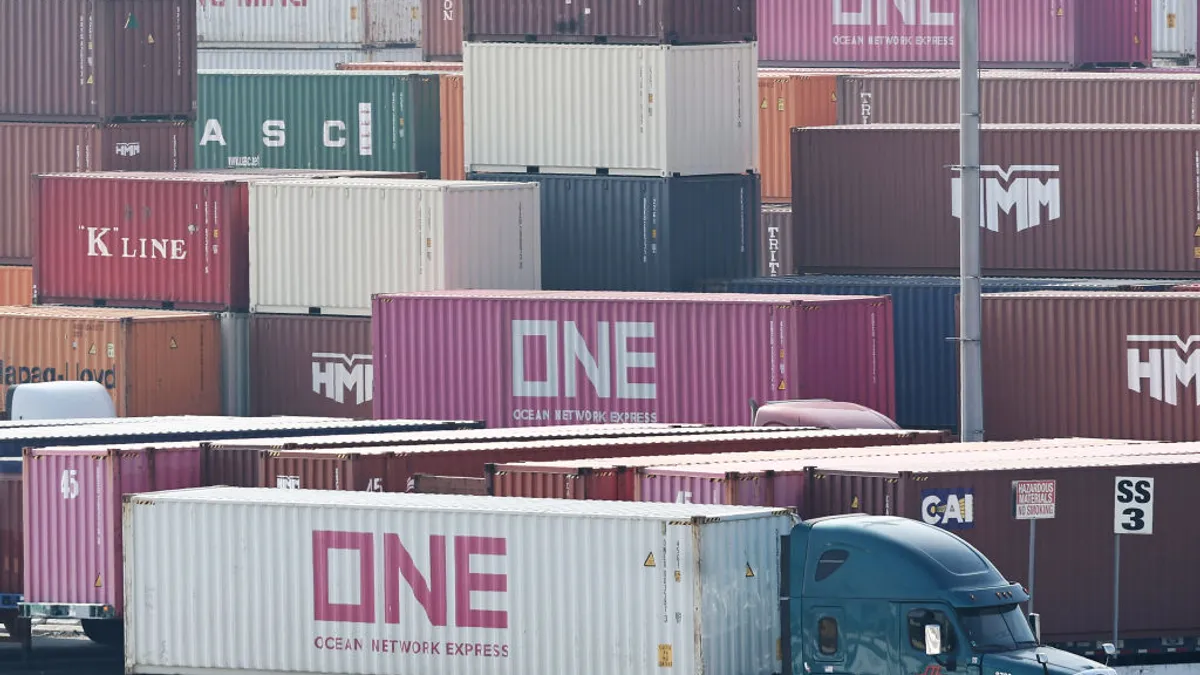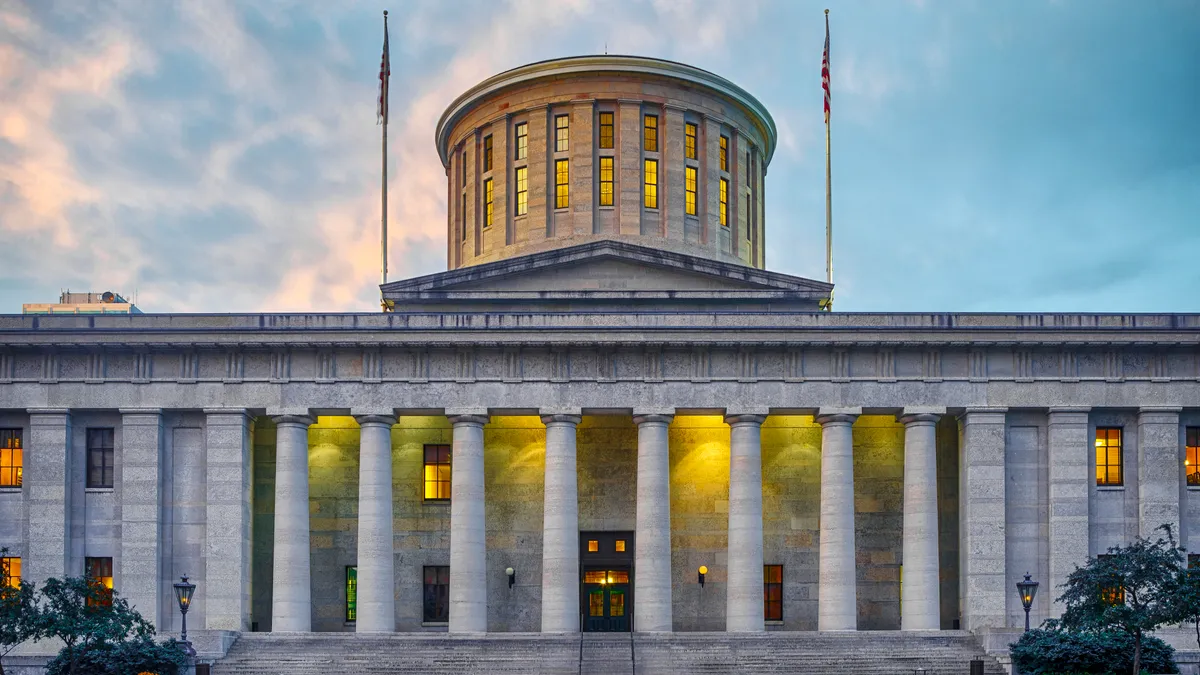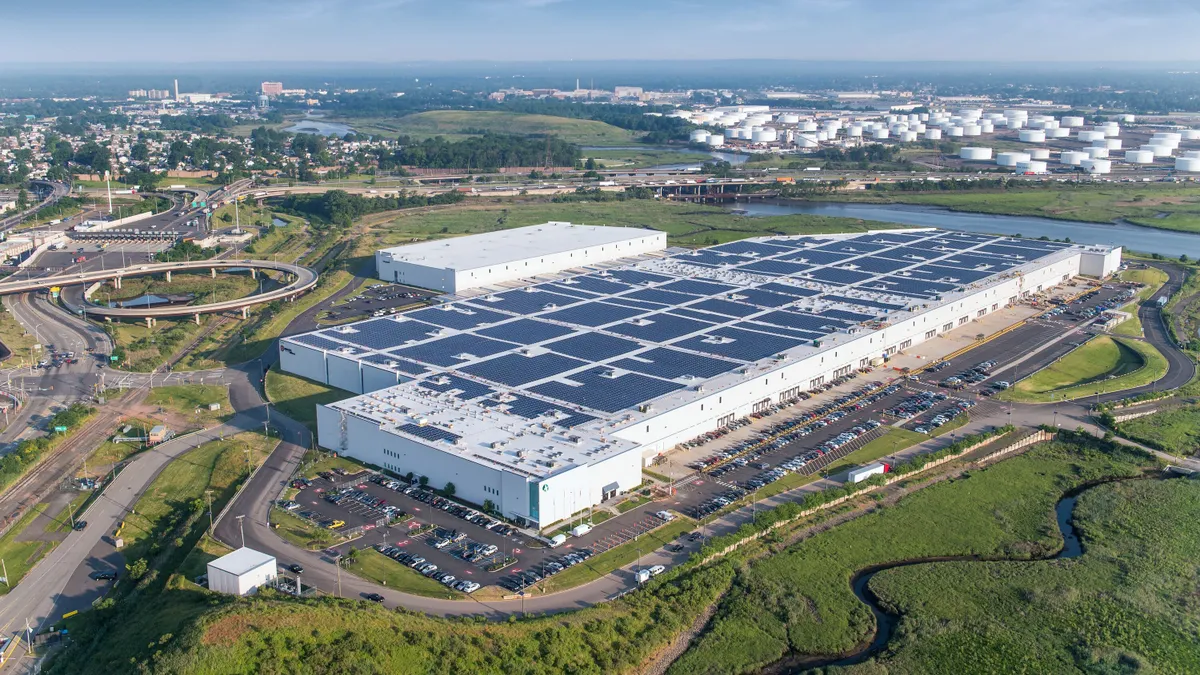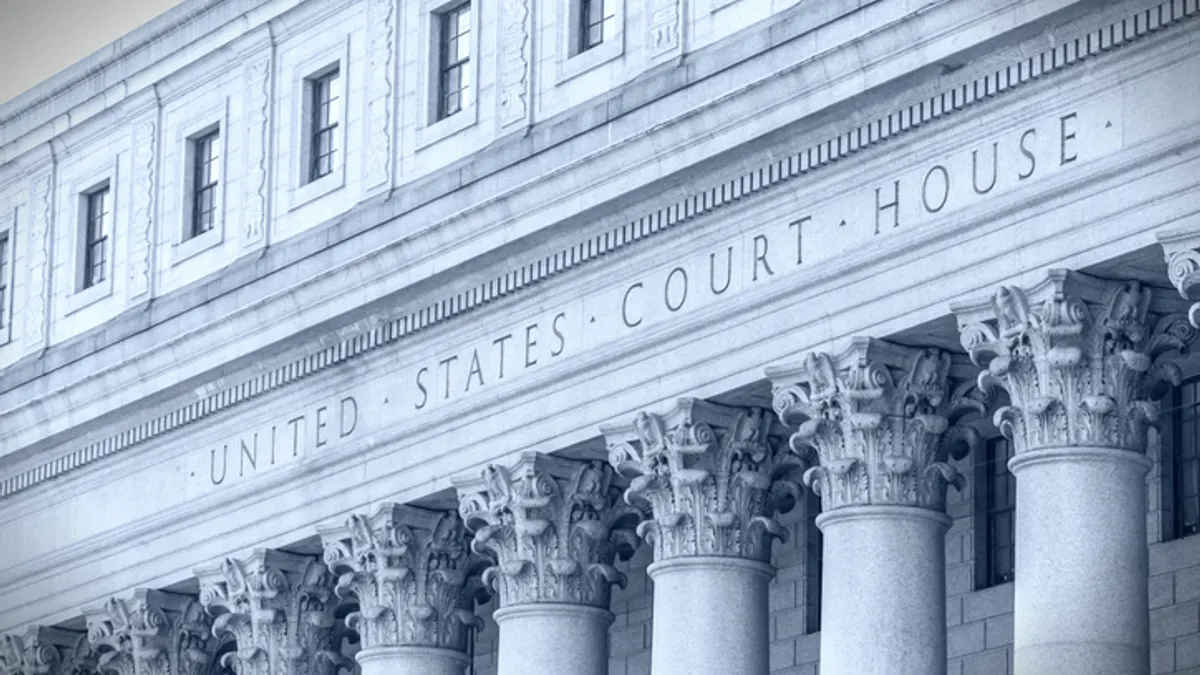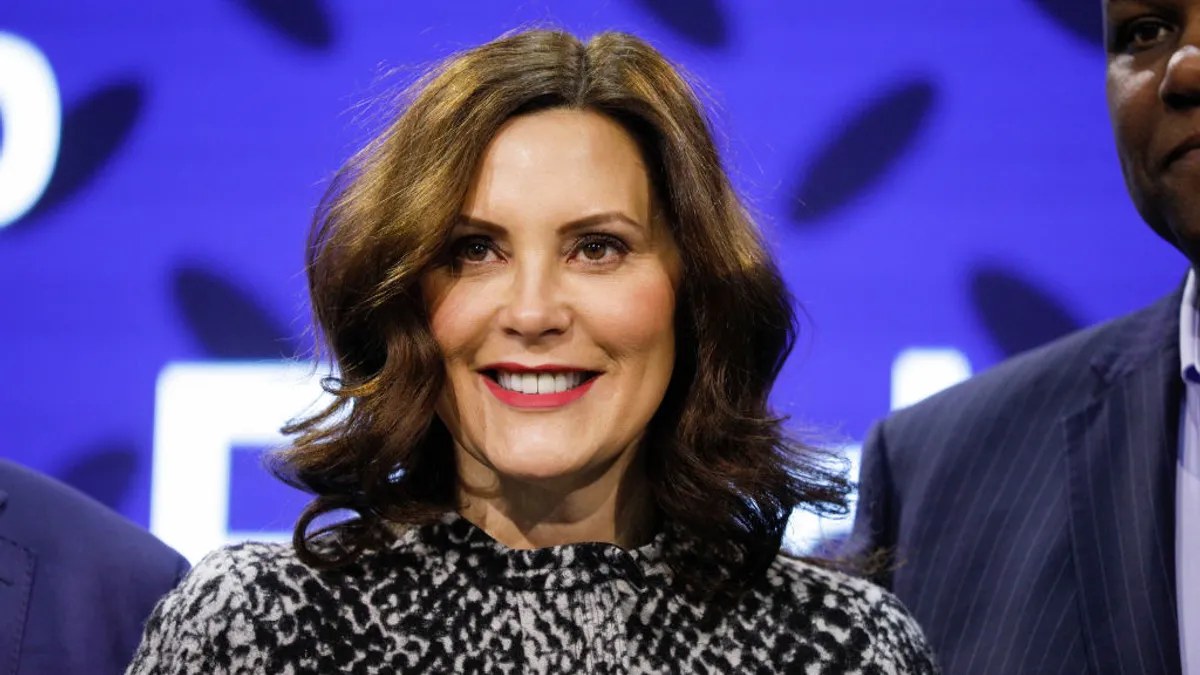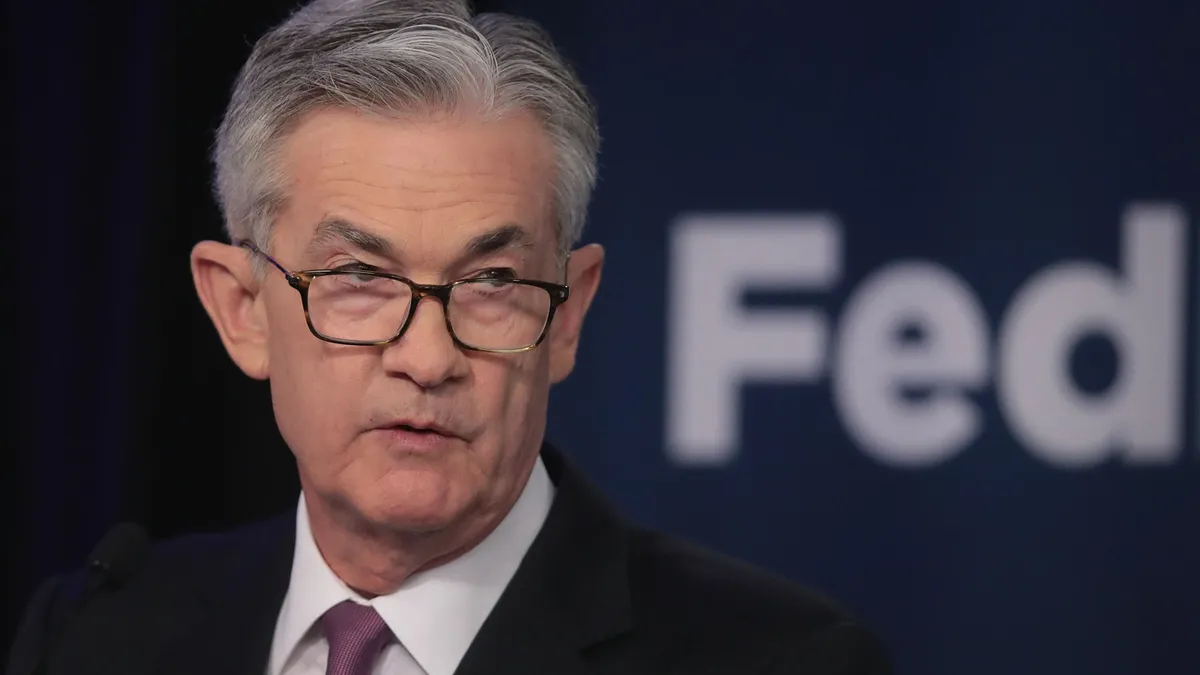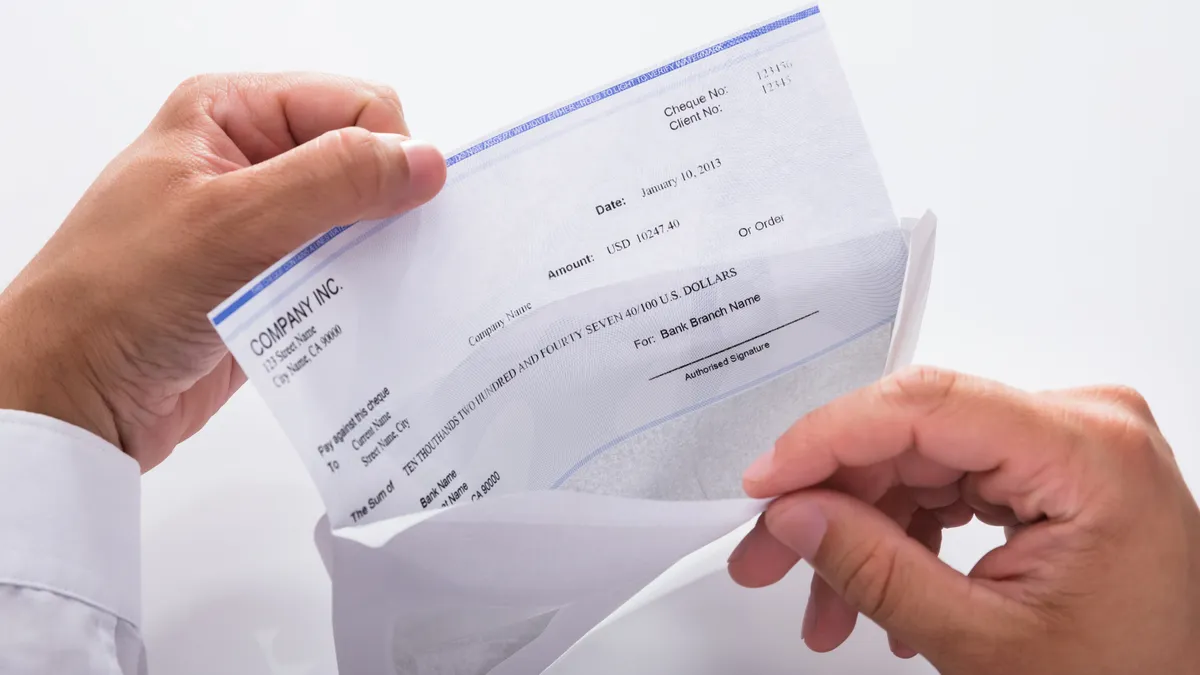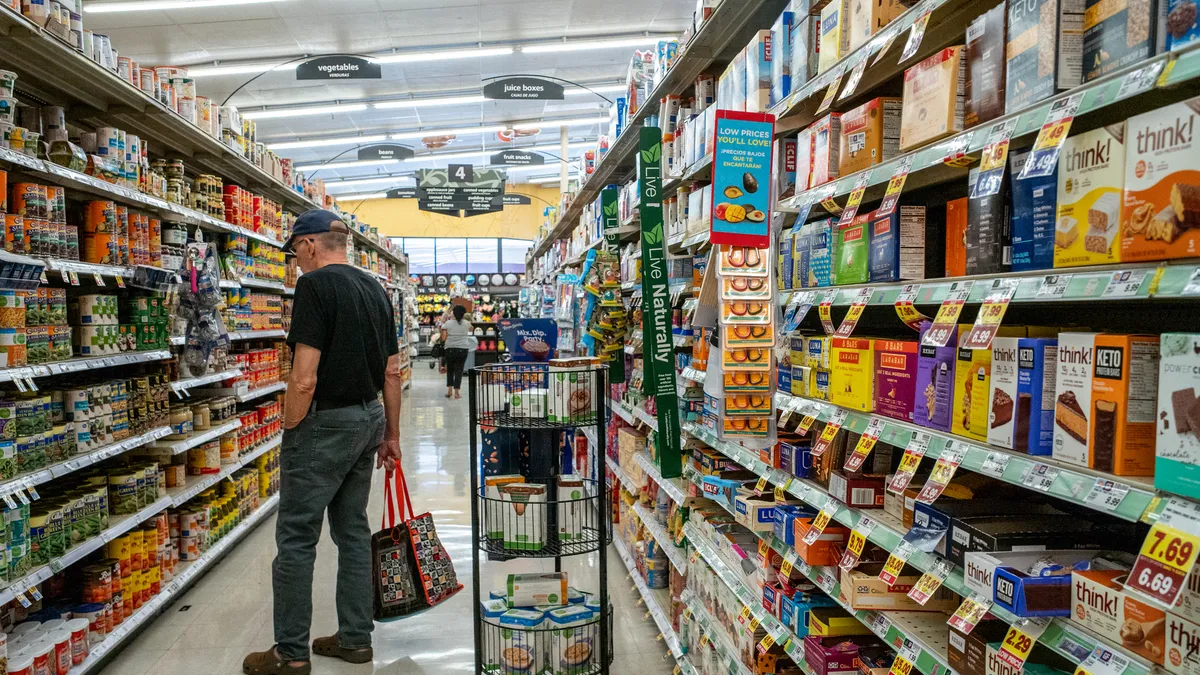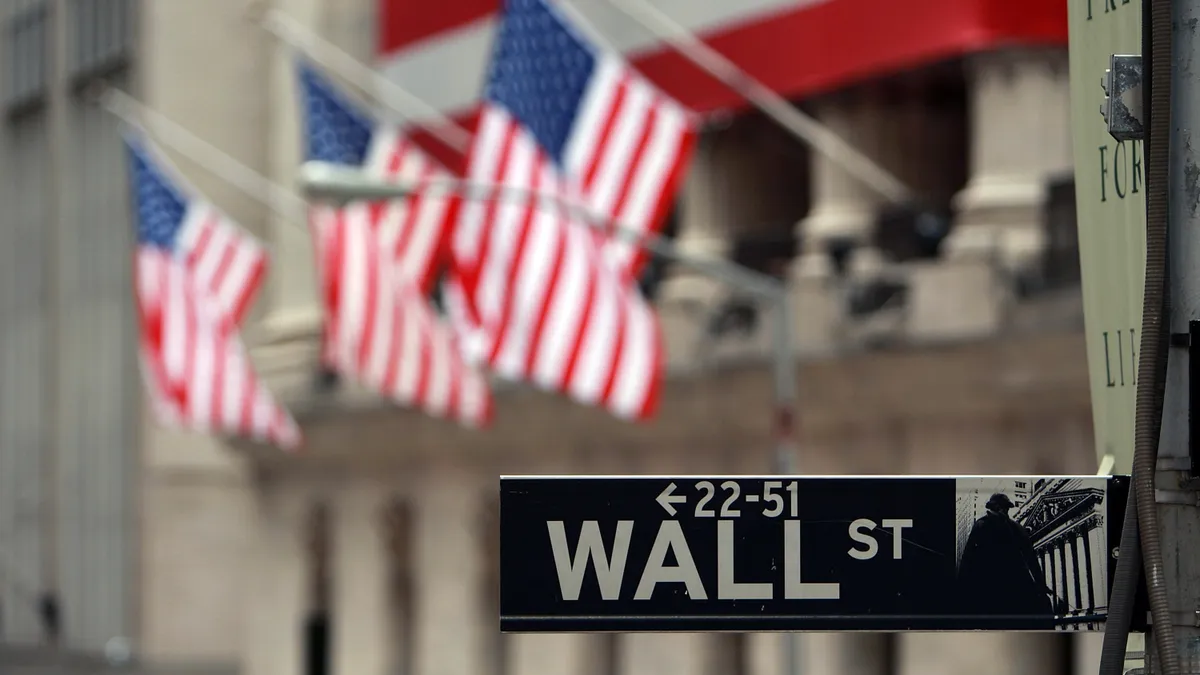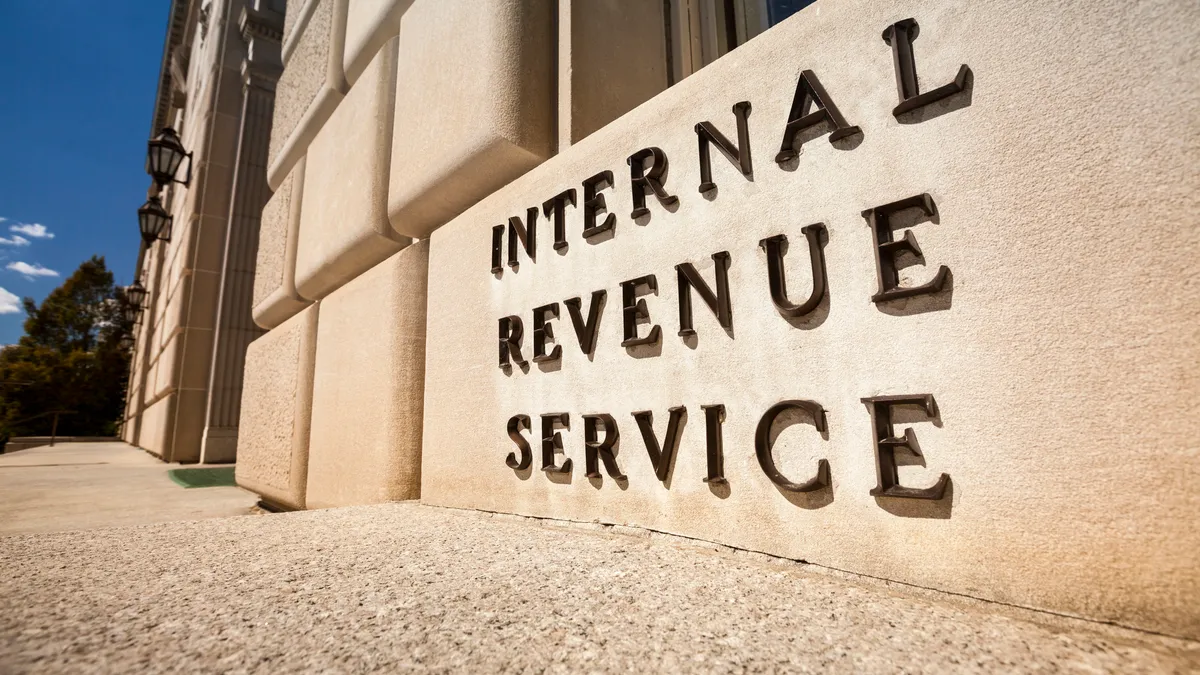The blistering pace of tariff developments have left many finance leaders hurrying to adjust their strategies to the new macro-economic landscape.
From the initial duties announced by President Donald Trump on Feb. 1 targeting China, Mexico, and Canada to the subsequent retaliatory and reciprocal moves that have broadened the tariffs, each action will ultimately impact pricing decisions, supply chains, exchange rates and many organizations’ bottom lines.
The Tax Foundation, a Washington D.C.-based business-friendly think tank that cites its mission as one aimed at helping advance sound tax policy that fosters economic growth, sees “major downsides” in tariffs, asserting they cost jobs and reduce long-term economic output. “We estimate the tariffs on Canada and Mexico would reduce long-run gross domestic product by 0.3 percent, the tariffs on China by 0.1 percent, and the expanded steel and aluminum tariffs by less than 0.05 percent, all before foreign retaliation,” the foundation stated in a recent report.
With rhetoric escalating by the day, CFO Dive thought it could be helpful to get back to basics and define some of the terms that are being bandied about. In the following interview, Alex Durante, a senior economist at the Tax Foundation, shared his perspective on the ABCs of tariffs, and the historical context from which Trump’s current trade war has emerged.
The following Q&A has been edited for clarity and brevity.
CFO Dive: What constitutes a trade war?
Alex Durante: In order for there to be a trade war, which is a term of art we use, you really need an escalation. You need a country to impose tariffs and you need a country to retaliate, and then the country that imposed them might also consider further retaliatory actions against the retaliation. So you kind of get this tit-for-tat policy and that’s how you get a trade war. If there’s no retaliation of any kind, then I suppose you couldn’t call it a trade war.
CFO Dive: When and what started this latest trade war?
Alex Durante: I think it's fair then to say the trade war began Feb. 1 when Trump announced the tariffs, because that's when the leaders of Canada and Mexico immediately said there would be countermeasures. We are really going from a place where we had essentially no barriers [against Canada and Mexico] to now we announced tariffs on everything against them. And then...we’ve announced another round of steel and aluminum tariffs against countries that we had negotiated exemptions with previously.
CFO Dive: What is the difference between tariffs and taxes?
Alex Durante: All tariffs are taxes, although obviously not all taxes are necessarily tariffs: the difference being tariffs are taxes on imports. Tariffs are paid by an importer and that money gets remitted to the treasury. The only real difference from other kinds of domestic taxes is that these have impacts on the exchange rate because you’re affecting cross-border flows. Tariffs are a kind of sales tax, but they can significantly impact business decisions when it comes to production. Also, when we impose taxes there’s really two reasons we might do that: one is we need to raise revenue, but then there’s another. They’re called Pigouvian taxes.

CFO Dive: What are Pigouvian taxes?
Alex Durante: Arthur Pigou was an economist in the 20th Century who developed a theory of using taxation to discourage behavior. So taxes on cigarettes are a kind of Pigouvian tax, and that’s kind of how tariffs operate. We don’t really impose taxes on cigarettes to bring in revenue, although they do. But we’re really trying to discourage people from smoking, right? The idea is you make the price of smoking so high they purchase less of it, and that has some public health benefits and that’s a similar vein in which tariffs are being imposed.
CFO Dive: What makes this trade war unique?
Alex Durante: Really the past seven years have been a tremendous deviation from normal trading relations, because the last major trade war we had was in the 1930s during the Great Depression. You could go back to the 1980s; when they were concerned about the Japanese imports [President] Reagan imposed quotas. President Bush in the early 2000s imposed tariffs on steel...So when presidents have done this [recently] it’s tended to have been very narrowly targeted. They had economic costs, but they were much more narrowly focused. Our average tariff rate was maybe one or two percent until 2018...In general, what we’ve seen in the last seven years is kind of unprecedented because of the scope of the tariffs we saw from the first Trump administration is certainly not what we’re seeing now.
CFO Dive: So would you have to go back to the 1930s to see this kind of broad approach to tariffs?
Alex Durante: Behind the Smoot-Hawley Tariff [formally known as the Tariff Act of 1930] this is the second broadest tariff action we’ve seen in recent memory. Smoot-Hawley was so broad that it essentially covered almost all industrial and agricultural goods and it raised the average tariff rate to almost 50%. So it was quite high. What happened was there were a lot of policy makers within the government that saw prices falling and they knew prices falling were bad. But what they didn’t realize was prices falling was a consequence, not a cause, of a recession and they thought that if they protected domestic producers from foreign competition that that would raise their prices and revive the economy. What actually ended up happening was the opposite, which is the tariffs actually deepened the recession because consumers were faced with price increases [and] they had to reduce their consumption. That made the economy shrink even more.
CFO Dive: Today it’s different, prices are high due to inflation rather than low. What’s the justification?
Alex Durante: It’s a bit muddled because the administration has cited different justifications and there’s a few different arguments. But under the Trade Act of 1974, the authority [to impose tariffs] is unfortunately pretty broad and it’s that way because Congress made it that way. There’s basically three main provisions: Section 232 is national security reasons the president can cite for tariffs; section 201 is if it threatens injury to a certain industry domestically; and Section 301 is what we used for China. It basically says if there’s a foreign country that’s engaging in some kind of discriminatory practices that threatens the U.S., then the president can impose tariffs.
CFO Dive: Looking ahead, what else are you expecting on tariffs?
Alex Durante: I think the likelihood of some type of universal tariff is becoming more possible.
CFO Dive: Are we entering a new protectionist era and do you see this as the end of globalism?
Alex Durante: Unfortunately I do think that’s kind of what we’re seeing, at least in the context of the U.S. Look, even President Biden did not remove Trump’s tariffs; in fact he imposed new ones of his own. In the past 10 years we’ve seen a strong reaction toward world-wide trade, or, as you put it, globalism. We’ve seen this push toward more nationalistic, protectionist policies in the past decade and right now it doesn’t seem there’s going to be any retreat away from that. But when consumers feel the impact it’s possible that we will see a backlash against that and move in the other direction, toward a more positive free-trade direction...where we see a kind of a return to more neo-liberalism.



